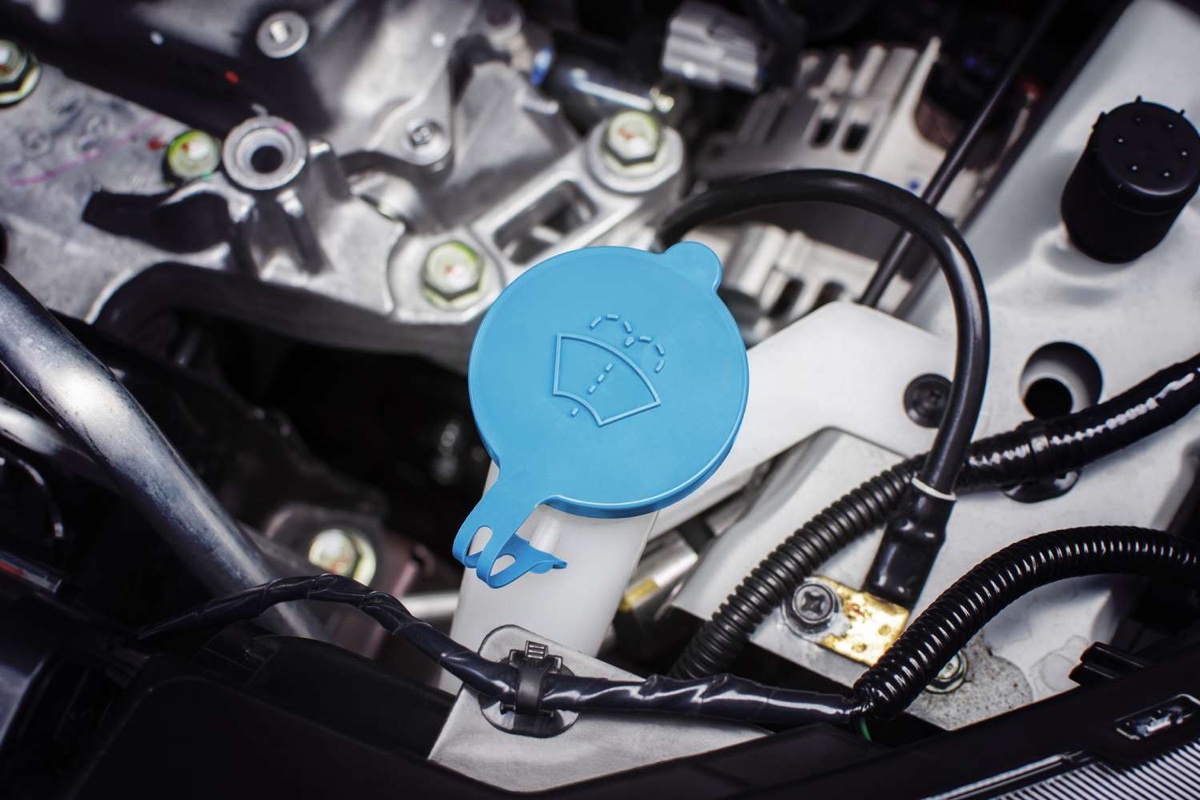

Articles
Where Do I Put Windshield Washer Fluid
Modified: October 28, 2024
Looking for articles on where to put windshield washer fluid? Find all the information you need, including step-by-step instructions, in this comprehensive guide.
(Many of the links in this article redirect to a specific reviewed product. Your purchase of these products through affiliate links helps to generate commission for Storables.com, at no extra cost. Learn more)
Introduction
Welcome to our comprehensive guide on windshield washer fluid! Whether you’re a first-time car owner or simply looking for some maintenance tips, we’ve got you covered. In this article, we will explore the importance of windshield washer fluid, discuss factors to consider when choosing a suitable fluid, guide you in locating the windshield washer fluid reservoir, and provide a step-by-step process for adding the fluid to your vehicle. Additionally, we’ll highlight common mistakes to avoid and offer some additional maintenance tips to ensure optimal performance. So, let’s dive in and learn everything you need to know about windshield washer fluid!
Key Takeaways:
- Choosing the right windshield washer fluid for your climate and driving conditions is crucial for maintaining optimal visibility and ensuring safe driving. Consider factors such as seasonal conditions, cleaning power, compatibility, environmental impact, and brand reputation when selecting the ideal fluid for your vehicle.
- Regularly checking and refilling the windshield washer fluid reservoir, avoiding common mistakes such as using the wrong type of fluid or overfilling the reservoir, and incorporating additional maintenance tips will help ensure clear visibility, optimal performance, and a safer driving experience.
Read more: Where To Buy Windshield Washer Fluid
Importance of Windshield Washer Fluid
Many people underestimate the importance of windshield washer fluid in maintaining clear visibility while driving. Windshield washer fluid not only helps to remove dirt, dust, and debris from your windshield but also plays a crucial role in keeping you safe on the road.
One of the main advantages of using windshield washer fluid is its ability to effectively clean your windshield in various weather conditions. Whether it’s a hot summer day, a rainy afternoon, or a snowy winter morning, the right windshield washer fluid can help you maintain a clear and unobstructed view of the road ahead.
During the summer months, your windshield can accumulate a significant amount of dirt, bugs, and pollen. Without proper cleaning, these substances can hinder your visibility and compromise your safety. Windshield washer fluid is specially formulated to cut through the grime and provide a streak-free finish, ensuring optimal visibility at all times.
In winter, when roads are often covered in salt, sand, and slush, it’s even more crucial to use a windshield washer fluid that is designed for colder temperatures. The right fluid will have a lower freezing point, preventing it from solidifying and ensuring that your windshield remains clean and clear.
Another important aspect of windshield washer fluid is its ability to remove road grime and oil residue. These substances can accumulate on your windshield, causing glares and reducing visibility, especially when driving in direct sunlight or at night. Using a high-quality windshield washer fluid helps to eliminate these contaminants, improving your overall driving experience.
Moreover, using windshield washer fluid instead of plain water can prevent potential damage to your vehicle. Water lacks the cleaning agents found in windshield washer fluid, making it less effective in removing stubborn dirt and debris. Additionally, water can freeze during cold weather, leading to frozen wiper blades and potentially damaging the wiper fluid system.
Overall, windshield washer fluid is a crucial component of maintaining optimal visibility and ensuring safe driving conditions. By choosing the right fluid and regularly refilling your reservoir, you can tackle various weather and road conditions with confidence, allowing you to focus on the road without worrying about obscured visibility.
Factors to Consider When Choosing a Windshield Washer Fluid
When it comes to choosing the right windshield washer fluid for your vehicle, there are several factors to consider. By taking these factors into account, you can ensure that you select a fluid that meets your specific needs and provides optimal cleaning performance. Here are some key factors to consider:
- Seasonal Conditions: The climate in your area plays a significant role in determining the type of windshield washer fluid you should use. If you live in an area with harsh winters, opt for a fluid that has a low freezing point to prevent it from freezing in cold temperatures. On the other hand, if you live in a predominantly warm climate, choose a fluid that is formulated to handle bugs, pollen, and dust effectively.
- Cleaning Power: Different windshield washer fluids come with varying degrees of cleaning power. Look for a fluid that is known for its ability to remove dirt, grime, and oil residue effectively. It should provide a streak-free finish and not leave any residue on the windshield, ensuring clear visibility.
- Compatibility: Consider the compatibility of the windshield washer fluid with your vehicle’s materials and components. Some fluids may contain ingredients that are not suitable for certain types of wiper blades or washer fluid reservoirs. Check the product label or consult your vehicle’s manual to ensure compatibility.
- Environmental Factors: If you are environmentally conscious, you may want to choose a windshield washer fluid that is biodegradable or eco-friendly. These fluids are designed to minimize their impact on the environment while still providing efficient cleaning performance.
- Brand Reputation: It’s always a good idea to choose a windshield washer fluid from a reputable brand. Look for brands that have a track record of producing high-quality products and have positive customer reviews. This ensures that you are getting a reliable and effective fluid for your vehicle.
It’s important to note that some vehicles have specific requirements for windshield washer fluid. Always refer to your vehicle’s manual to determine any specific recommendations from the manufacturer.
By considering these factors and making an informed decision, you can choose a windshield washer fluid that is best suited for your vehicle and driving conditions. Regularly checking and replenishing your fluid reservoir will ensure that you have clear visibility and a safer driving experience.
Locating the Windshield Washer Fluid Reservoir
Before adding windshield washer fluid to your vehicle, it’s important to know where the reservoir is located. The reservoir is the container that holds the fluid and is designed for easy access and refilling. Here’s a step-by-step guide to help you locate the windshield washer fluid reservoir:
- Consult your vehicle’s owner’s manual: The owner’s manual is a valuable resource that provides information about your vehicle’s components and their locations. Look for the section that discusses the windshield washer system or fluid reservoir.
- Check under the hood: In most vehicles, the windshield washer fluid reservoir is located under the hood. It is typically a translucent plastic container with a cap on top. The cap may have a windshield wiper symbol or be labeled “washer fluid.”
- Look near the windshield: In some vehicles, the windshield washer fluid reservoir may be located near the windshield, usually on the driver’s side. It may be hidden behind a panel or cover, so carefully inspect the area to locate it.
- Inspect the sides of the vehicle: In rare cases, the windshield washer fluid reservoir may be located on the side of the vehicle, near the front wheel well. This location is less common but is worth checking if you cannot find the reservoir under the hood or near the windshield.
Once you have located the windshield washer fluid reservoir, it is essential to examine the fluid level before adding more. Most reservoirs have a marked fill line indicating the appropriate level of fluid. If the fluid level is below the fill line, it is time to add more washer fluid.
It’s worth mentioning that the location of the reservoir can vary depending on the make and model of your vehicle. Therefore, if you are having trouble locating the reservoir, it’s recommended to refer to your vehicle’s owner’s manual or consult with a professional mechanic.
Now that you know how to find the windshield washer fluid reservoir, you’re ready to move on to the next step: adding the fluid. Follow our step-by-step guide for a hassle-free process of refilling the reservoir and maintaining clear visibility on the road.
The windshield washer fluid reservoir is typically located under the hood of the car. Look for a cap with a windshield symbol and add fluid until it reaches the fill line.
Step-by-Step Guide to Adding Windshield Washer Fluid
Refilling the windshield washer fluid is a simple process that you can easily do on your own. Follow these step-by-step instructions to add windshield washer fluid to your vehicle:
- Locate the reservoir: As discussed earlier, find the windshield washer fluid reservoir. It is typically a translucent plastic container with a cap, located under the hood or near the windshield of your vehicle.
- Prepare the fluid: Choose a windshield washer fluid that is suitable for your climate and driving conditions. Ensure that you have the appropriate amount of fluid ready for refilling.
- Open the reservoir cap: Carefully remove the cap of the windshield washer fluid reservoir. In some cases, you may need to twist the cap counterclockwise or press a release button to unlock it. Be cautious while removing the cap to avoid any spilling or splashing.
- Add the washer fluid: Slowly pour the windshield washer fluid into the reservoir until it reaches the recommended fill level. Take your time to prevent any overflow or spillage. It’s best to use a funnel to ensure a clean and precise pour. Avoid overfilling the reservoir as it may lead to leaks or other issues.
- Secure and close the reservoir cap: Once you have added the desired amount of washer fluid, securely replace the cap on the reservoir. Make sure it is tightly closed to prevent any leakage or evaporation of the fluid.
- Check the fluid level: After closing the cap, double-check the fluid level in the reservoir. Ensure that it is within the recommended range or at the designated fill line. This will ensure that you have enough fluid for your next use.
- Test the system: To ensure that the windshield washer fluid is working correctly, activate the windshield wipers and spray the fluid onto the windshield. Observe if the fluid is effectively cleaning the glass and the wipers are functioning correctly. If any issues arise, check the reservoir and dispenser nozzles for any blockages or malfunctions.
It’s important to note that the specific steps may vary slightly depending on the make and model of your vehicle. Therefore, always refer to your vehicle’s owner’s manual if you have any uncertainties or concerns.
By following these simple steps, you can easily add windshield washer fluid to your vehicle, ensuring clear visibility and a safer driving experience. Regularly checking and refilling the fluid reservoir will help maintain optimal performance and keep your windshield clean and streak-free.
Read more: How To Drain Windshield Washer Fluid
Common Mistakes to Avoid When Adding Windshield Washer Fluid
While adding windshield washer fluid to your vehicle is a straightforward task, there are some common mistakes that people make. By avoiding these mistakes, you can ensure a smooth and hassle-free process, as well as maintain the optimal functionality of your windshield washer system. Here are some mistakes to avoid:
- Using the wrong type of fluid: It’s essential to use a windshield washer fluid that is specifically designed for automotive use. Avoid using household cleaners, water, or other solutions that may damage the components of the washer fluid system.
- Overfilling the reservoir: Overfilling the windshield washer fluid reservoir can lead to leakage and may cause damage to the system. Follow the recommended fill level indicated on the reservoir or refer to your vehicle’s manual for guidance.
- Not securing the reservoir cap properly: Failing to close and secure the reservoir cap tightly can result in fluid leakage or evaporation. Ensure that the cap is firmly in place to prevent any spills or mess inside your vehicle.
- Mixing different types of washer fluid: Mixing different types or brands of windshield washer fluid can lead to chemical reactions or reduce the overall effectiveness of the fluid. Stick to using one type of fluid and avoid mixing them to maintain consistent performance.
- Ignoring the recommended fluid for weather conditions: Using the wrong windshield washer fluid for the current weather conditions can result in frozen fluid during colder temperatures or insufficient cleaning power during bug-infested seasons. Choose a fluid that is suitable for the climate you regularly encounter.
- Not checking for any blockages: Before adding windshield washer fluid, check for any blockages or clogs in the dispenser nozzles or tubing. Use a pin or toothpick to clear any obstructions to ensure proper fluid flow and spray pattern.
By avoiding these common mistakes, you can ensure that you add windshield washer fluid correctly and maintain the optimal performance of your vehicle’s windshield washer system. Regularly inspecting and maintaining the system will help you achieve clear visibility and a safer driving experience.
Other Maintenance Tips for Windshield Washer Fluid
In addition to refilling the windshield washer fluid reservoir, there are a few other maintenance tips you can follow to ensure optimal performance and longevity of your windshield washer system. By incorporating these tips into your regular maintenance routine, you can enjoy clear visibility and a hassle-free driving experience. Here are some additional maintenance tips:
- Regularly check the fluid level: Make it a habit to check the fluid level in the reservoir regularly. This will help you avoid running out of fluid unexpectedly and ensure that you have enough for your next use. It’s a good practice to check the fluid level each time you fill up your gas tank.
- Inspect the wiper blades: Damaged or worn-out wiper blades can hinder the effectiveness of the windshield washer system. Regularly inspect the condition of your wiper blades and replace them if they show signs of wear, such as streaking or skipping on the windshield. A good rule of thumb is to replace wiper blades every six months to a year.
- Keep the washer fluid reservoir clean: Over time, debris or sediment may accumulate at the bottom of the washer fluid reservoir. This can affect the performance of your washer system. A simple cleanout can be done by removing any residual fluid and rinsing the reservoir with water. Ensure that the reservoir is completely dry before adding fresh washer fluid.
- Monitor the washer nozzles: The washer nozzles, located on the hood or near the windshield, can become clogged or misaligned over time. Periodically inspect the nozzles and use a pin or needle to clear any blockages. If the nozzles are misaligned, gently adjust them to ensure proper spray coverage of the windshield.
- Be mindful of the expiration date: Windshield washer fluid can have an expiration date. Always check the label on the fluid bottle and ensure that you use it within the recommended timeframe. Expired fluid may lose its effectiveness and should be replaced with fresh fluid.
- Inspect for any leakages: Regularly check for any signs of fluid leakage around the reservoir or underneath your vehicle. If you notice any leaks, have them addressed by a professional mechanic as soon as possible to prevent further damage to the system.
By following these maintenance tips, you can ensure that your windshield washer fluid system remains in optimal condition, providing you with clear visibility and a reliable cleaning solution. Remember to consult your vehicle’s owner’s manual for any specific maintenance requirements or recommendations from the manufacturer.
By incorporating these tips into your regular maintenance routine, you can ensure that your windshield washer fluid system remains in optimal condition, providing you with clear visibility and a reliable cleaning solution. Regular maintenance of the windshield washer system will help you enjoy uninterrupted visibility and a safer driving experience.
Conclusion
In conclusion, understanding the importance of windshield washer fluid and how to properly maintain it is essential for every vehicle owner. Windshield washer fluid plays a crucial role in maintaining clear visibility while driving, removing dirt, grime, and other debris from the windshield. By choosing the right windshield washer fluid for your climate and driving conditions, you can ensure optimal cleaning power and performance.
Locating the windshield washer fluid reservoir is the first step in adding fluid to your vehicle. By consulting your vehicle’s owner’s manual and conducting a simple search under the hood or near the windshield, you can easily locate the reservoir and proceed with adding the fluid.
Following a step-by-step guide to adding windshield washer fluid helps to ensure a smooth process. It is important to use the correct type of fluid, avoid overfilling the reservoir, and securely close the cap to prevent leakage and evaporation. Regularly checking the fluid level and testing the system’s functionality will help maintain optimal performance.
Avoiding common mistakes, such as using the wrong fluid, mixing different types of fluid, and neglecting blockages, will help prevent damage to the windshield washer system and maximize its effectiveness. Additionally, incorporating other maintenance tips, such as regularly inspecting wiper blades, keeping the reservoir clean, and monitoring the washer nozzles, will contribute to the system’s longevity and reliability.
By following these guidelines and maintaining your windshield washer fluid system, you can enjoy clear visibility, improved safety, and a more pleasant driving experience. Remember to refer to your vehicle’s owner’s manual for any specific recommendations or requirements from the manufacturer.
Now that you have a comprehensive understanding of windshield washer fluid and its maintenance, you can confidently handle the care and upkeep of this essential component of your vehicle. Remember that clear visibility is crucial for safe driving, and a well-maintained windshield washer fluid system is key to achieving that. So, stay proactive in refilling, maintaining, and testing your windshield washer fluid for a safer and more enjoyable driving experience.
Frequently Asked Questions about Where Do I Put Windshield Washer Fluid
Was this page helpful?
At Storables.com, we guarantee accurate and reliable information. Our content, validated by Expert Board Contributors, is crafted following stringent Editorial Policies. We're committed to providing you with well-researched, expert-backed insights for all your informational needs.
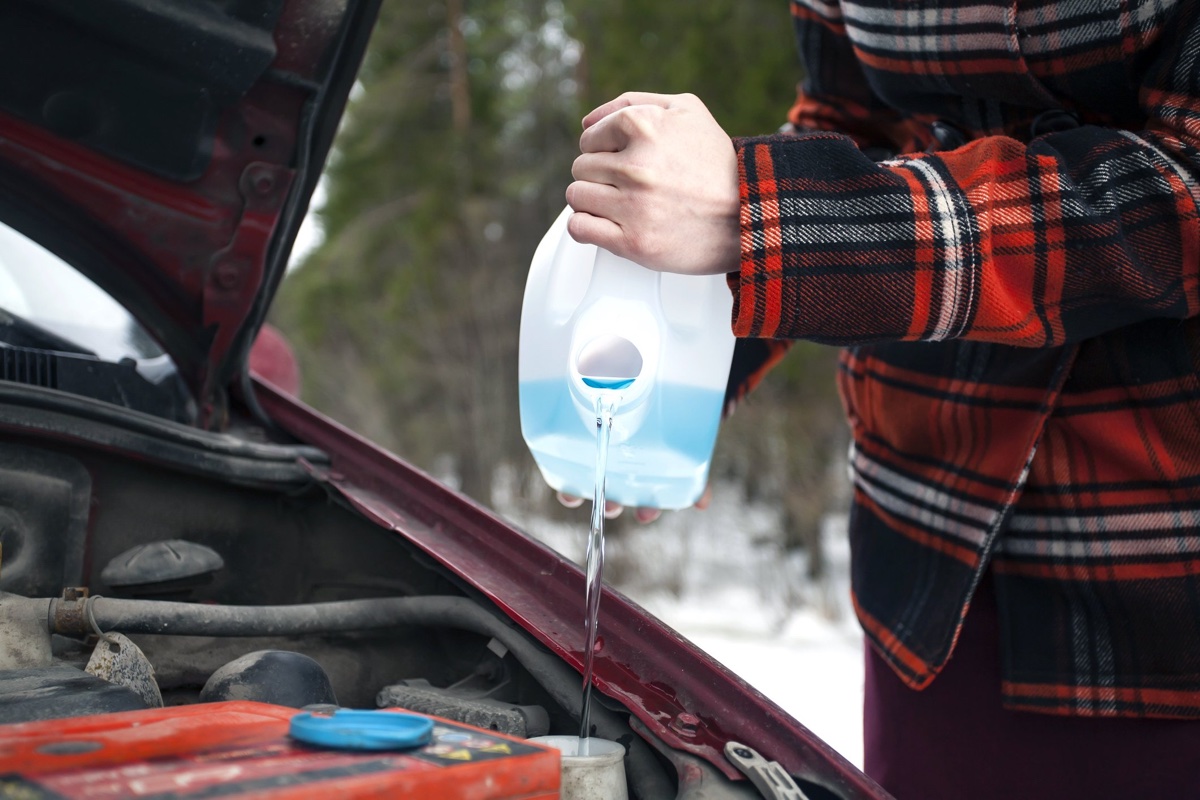
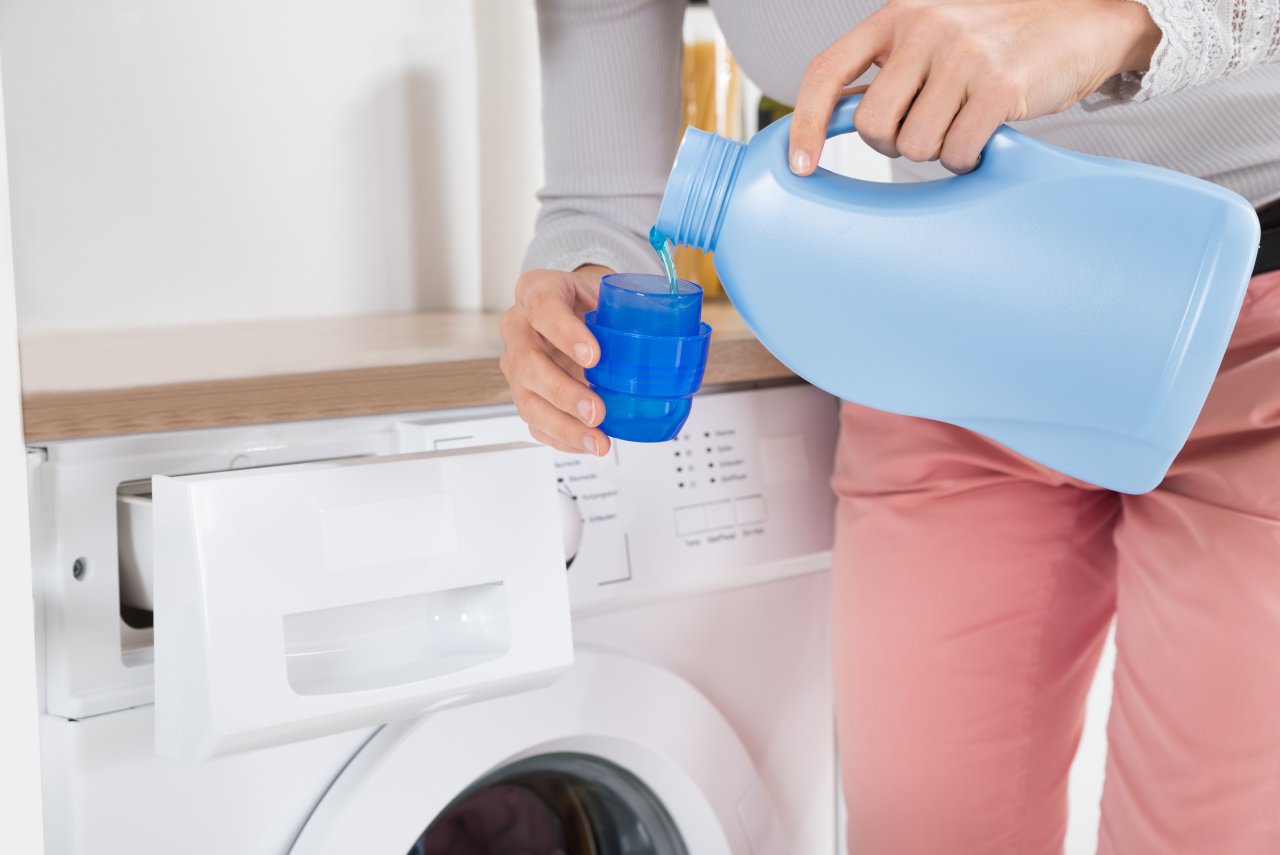
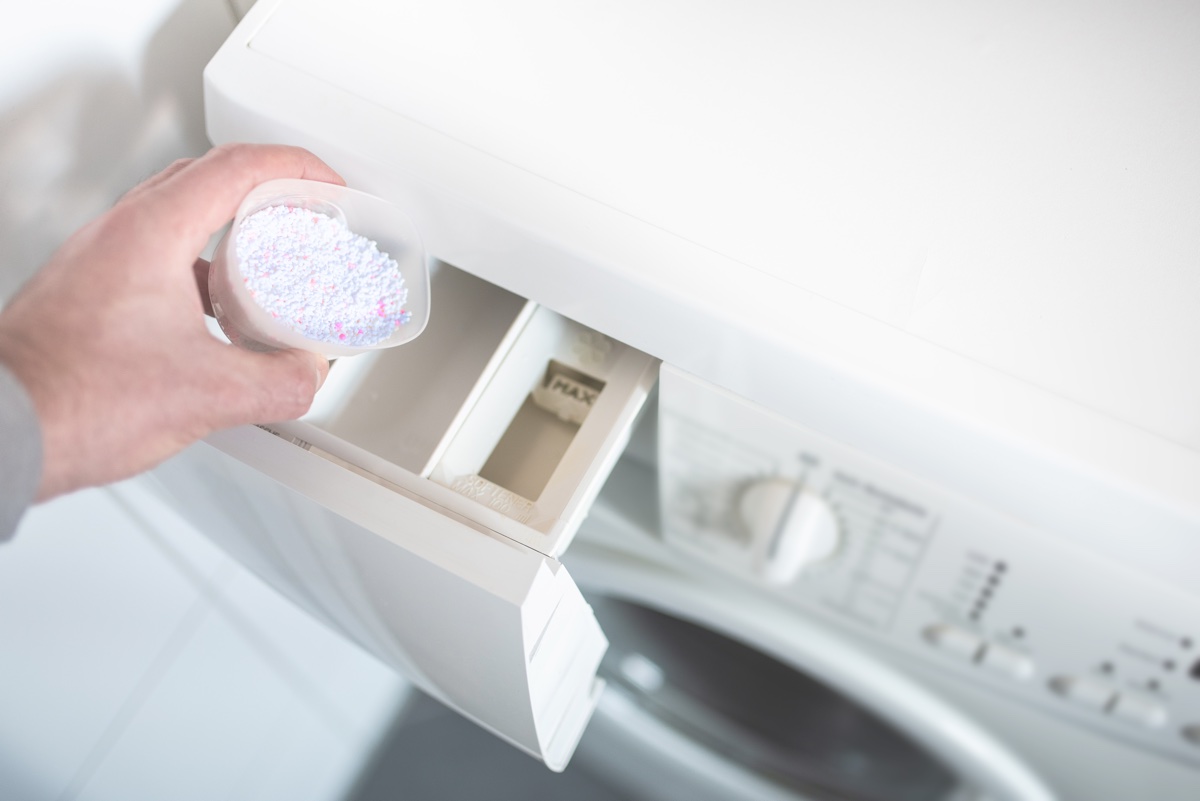
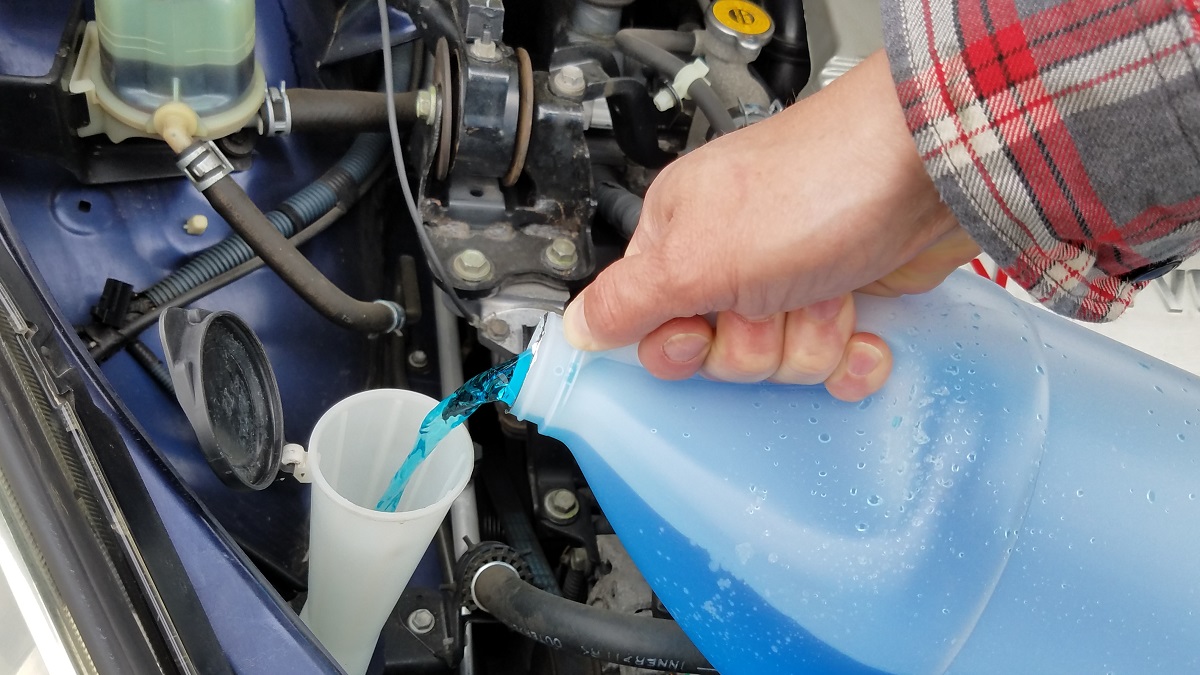

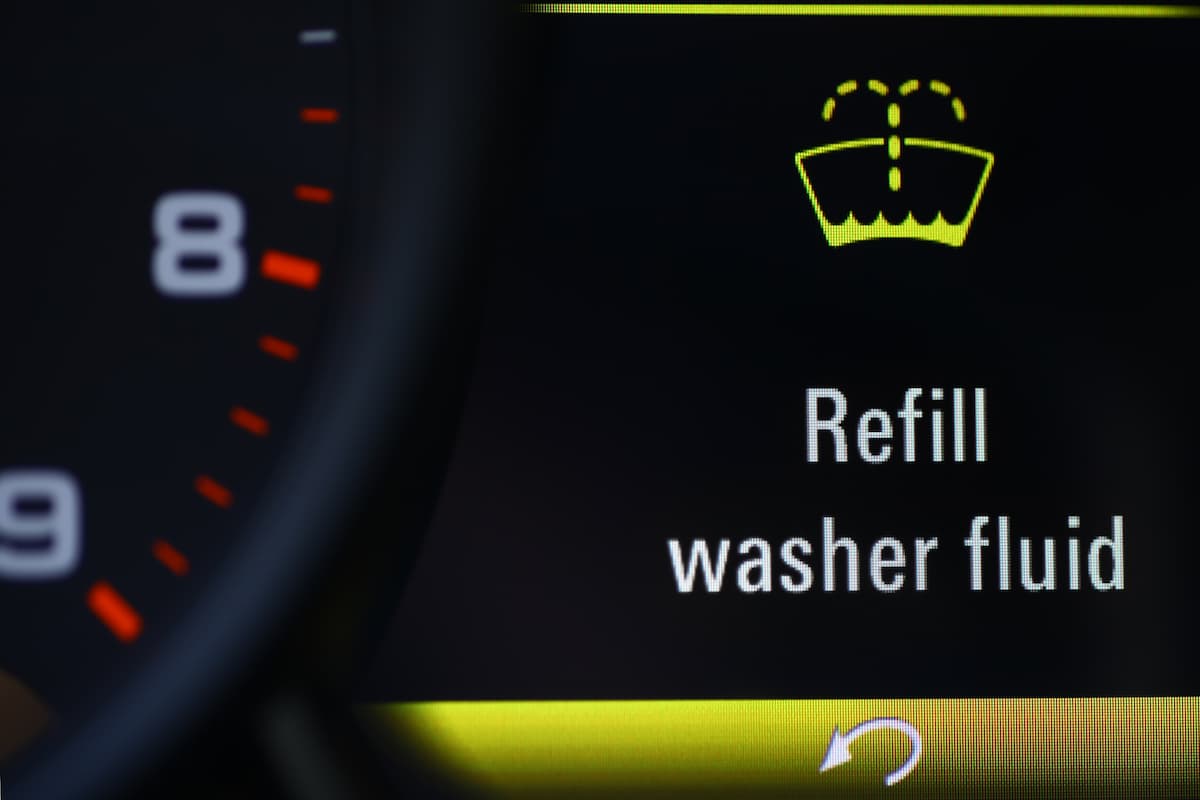
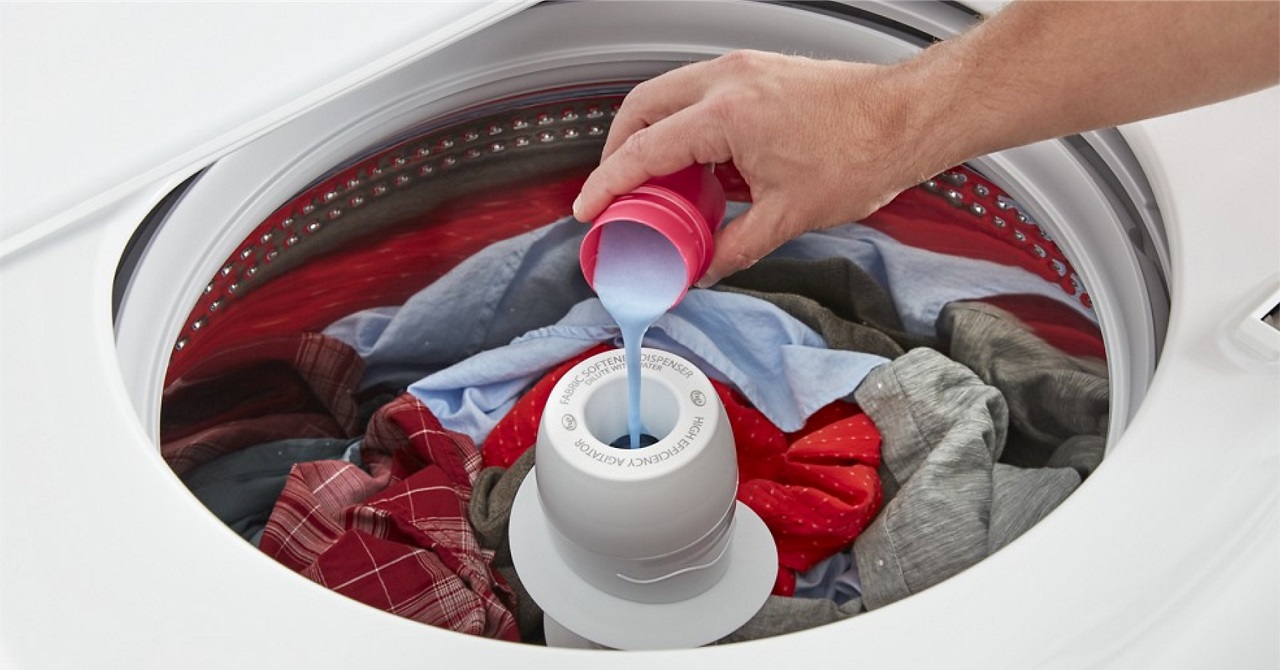
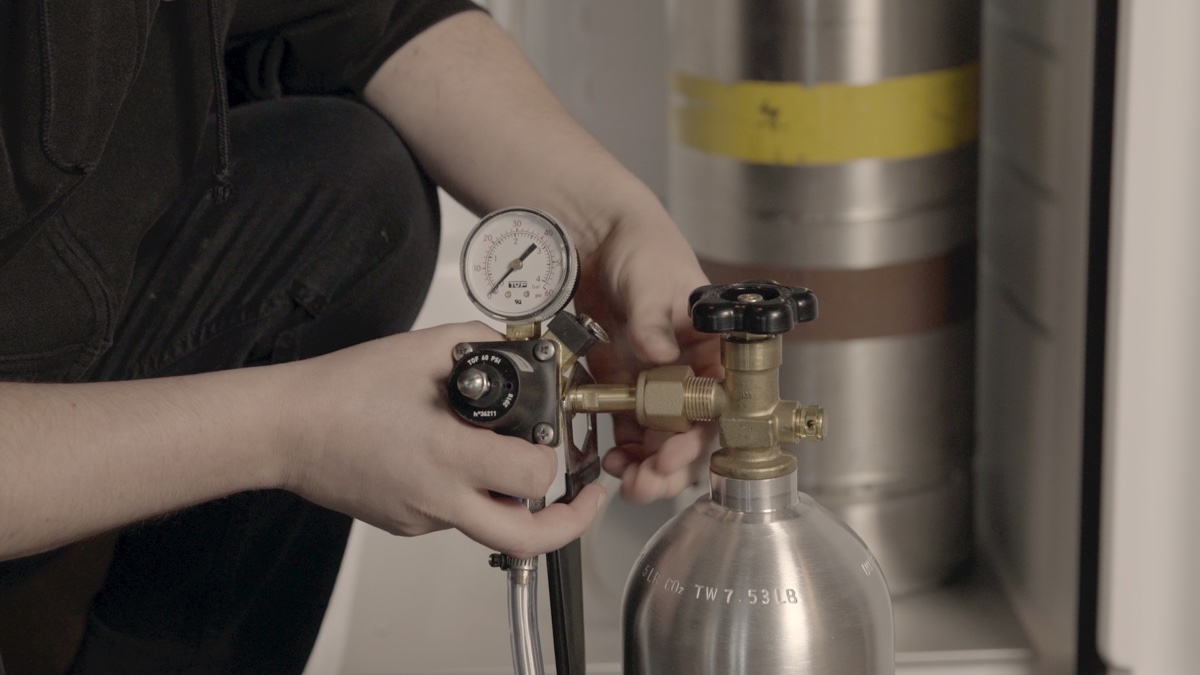
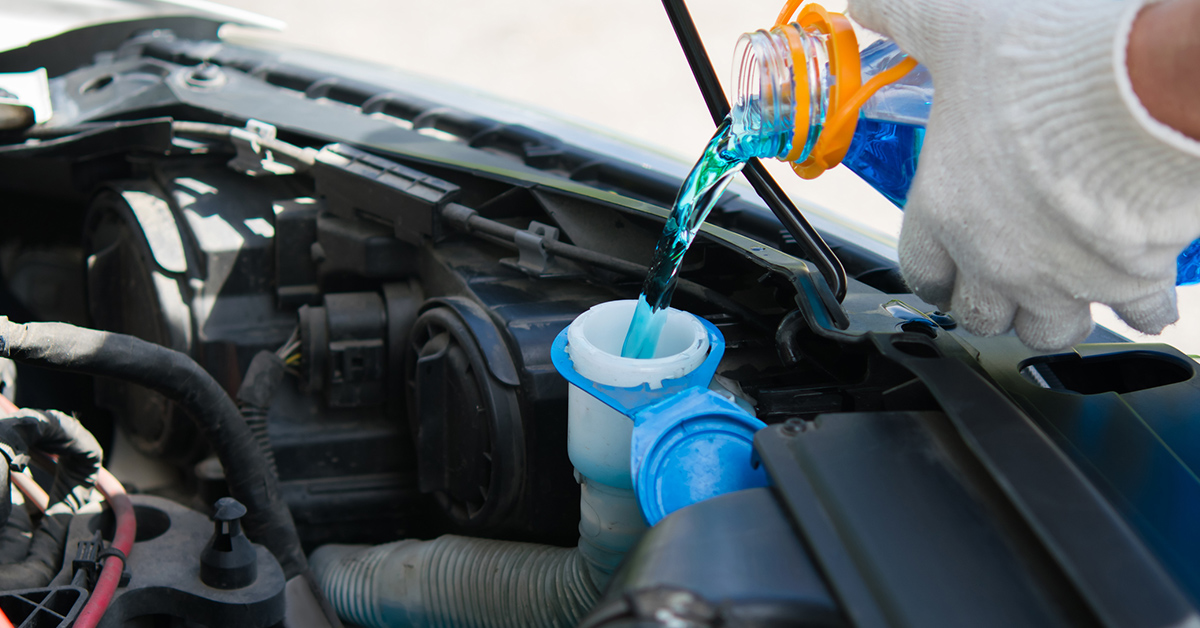
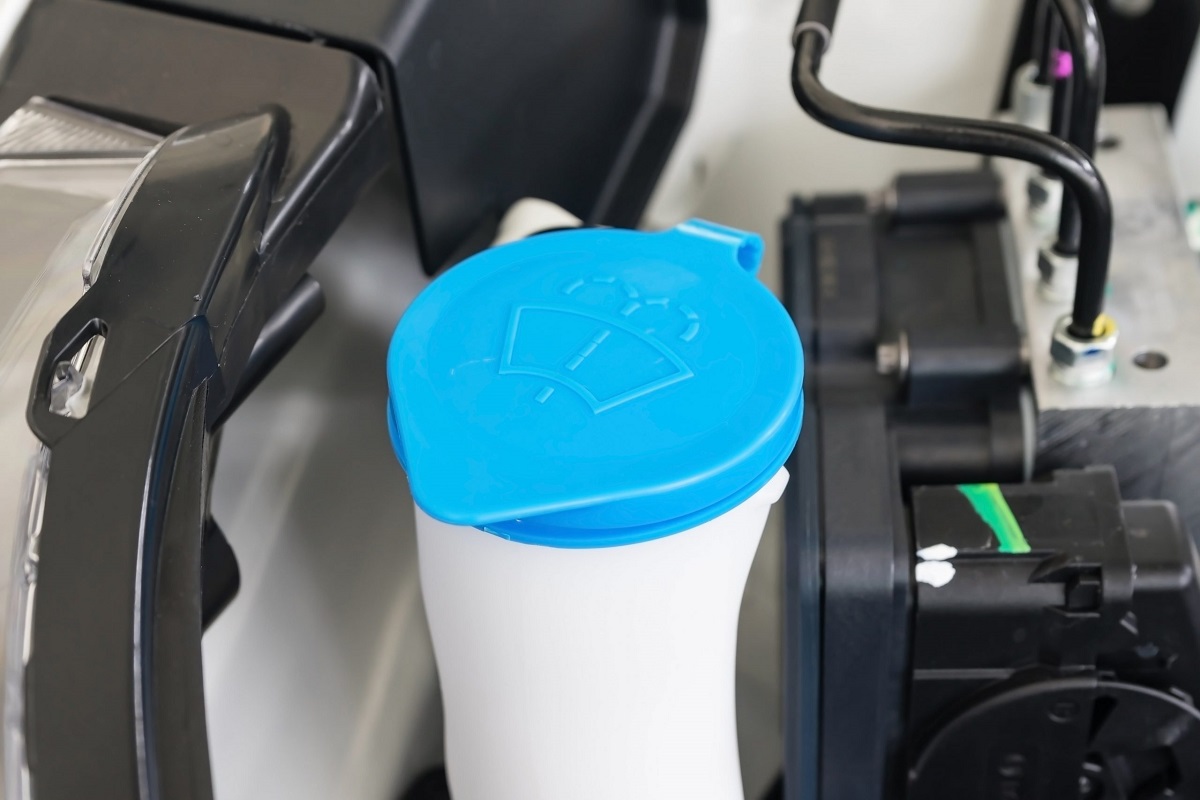
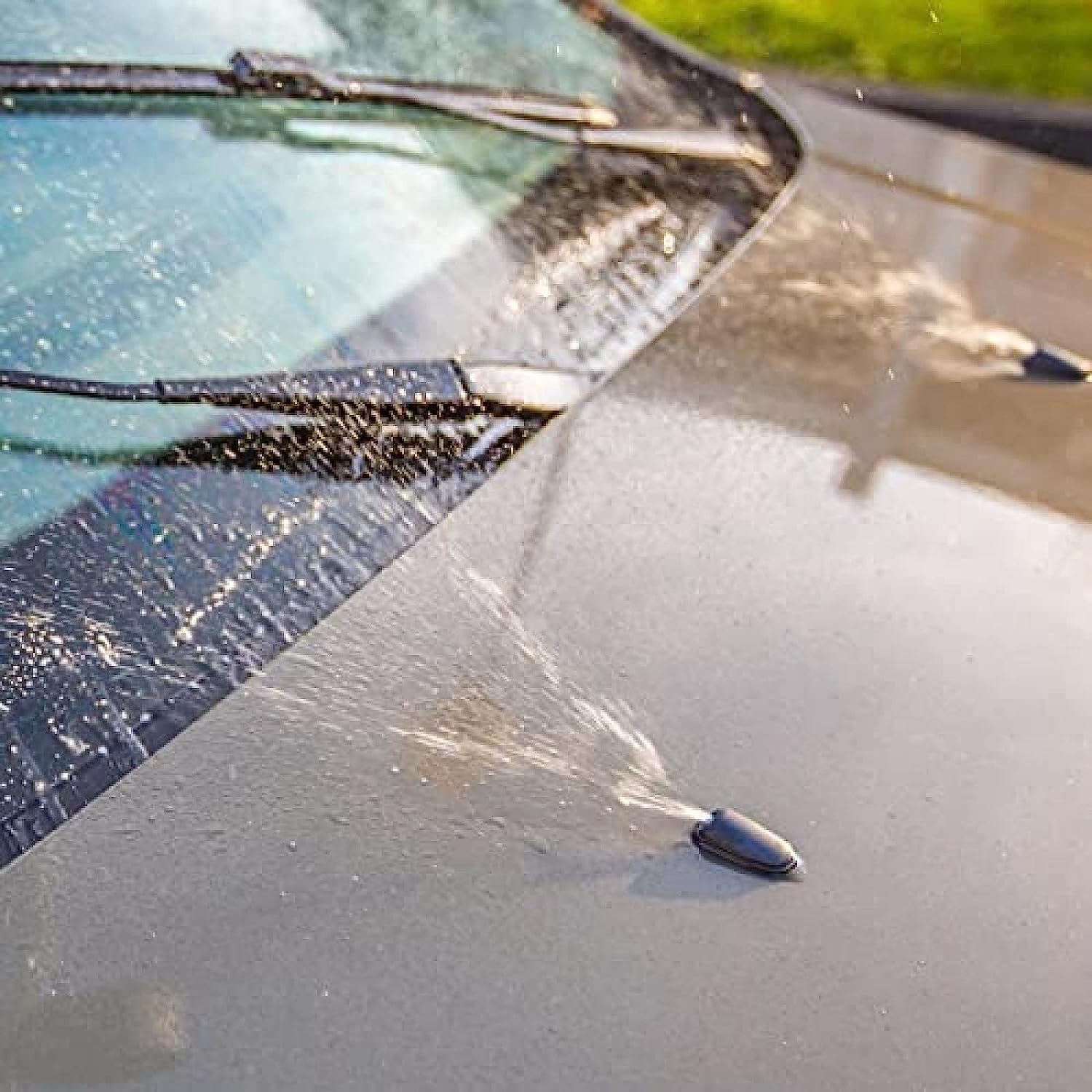
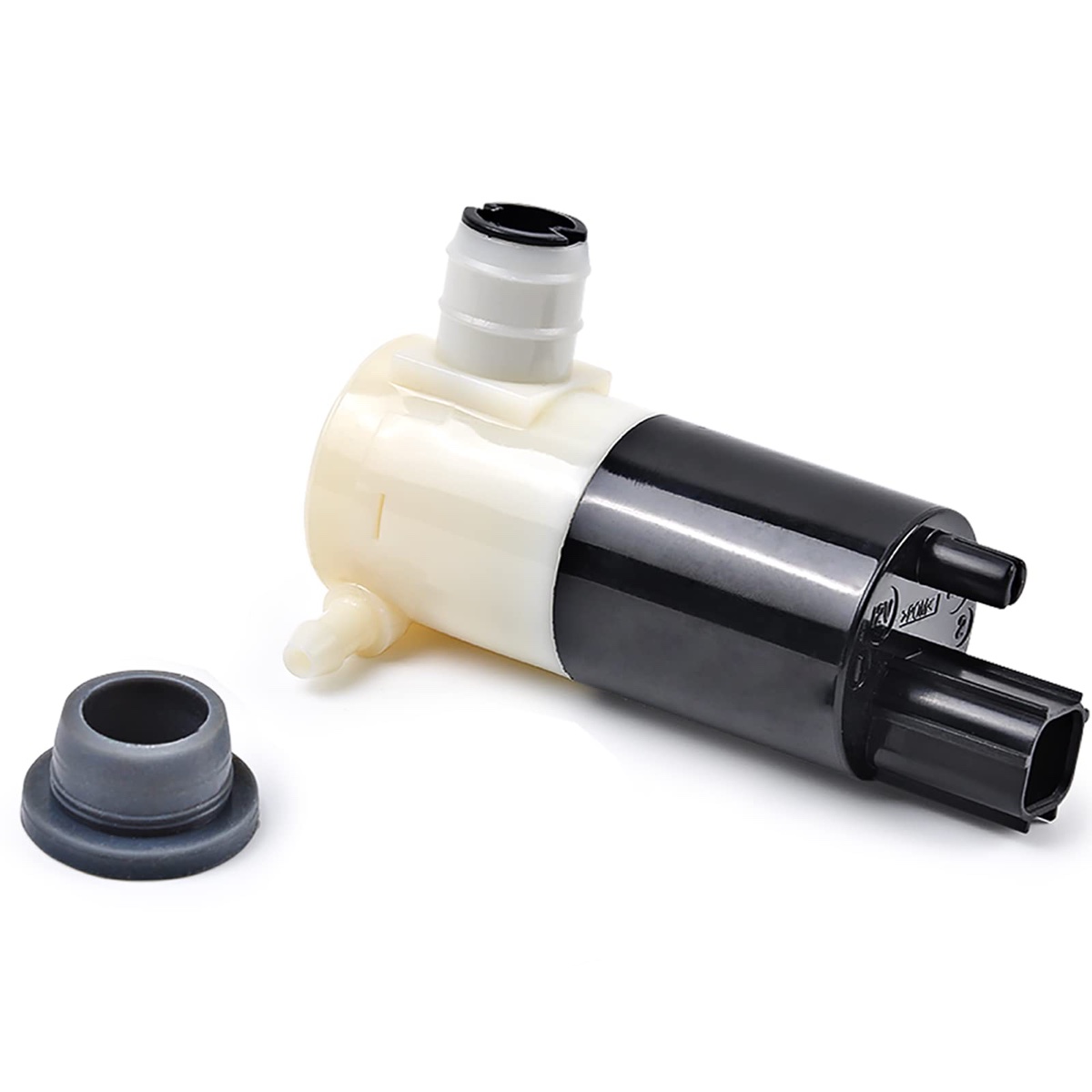

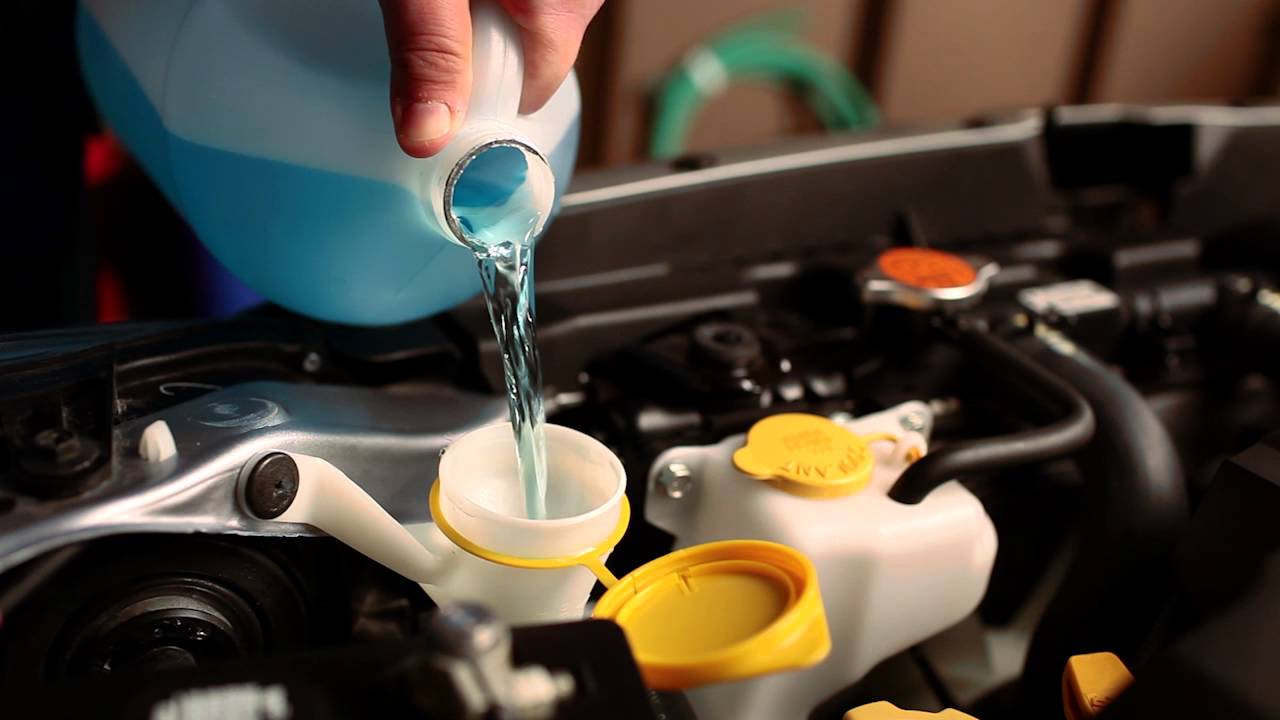

0 thoughts on “Where Do I Put Windshield Washer Fluid”